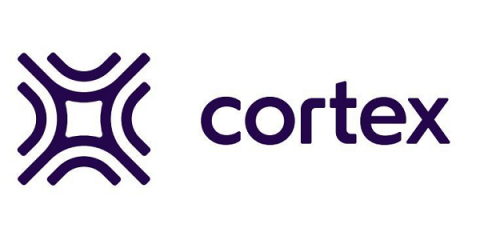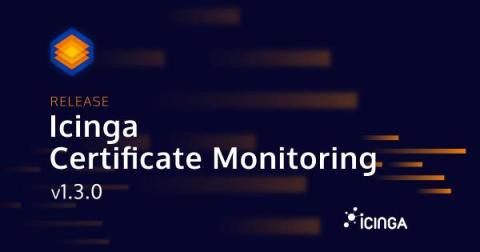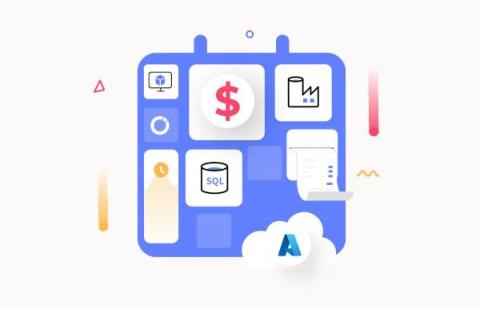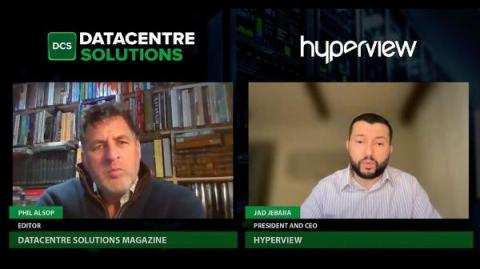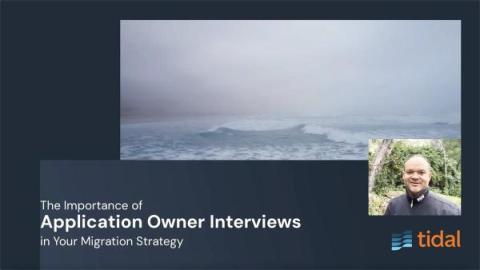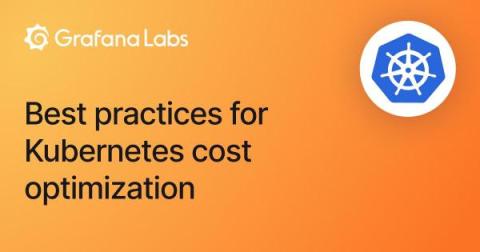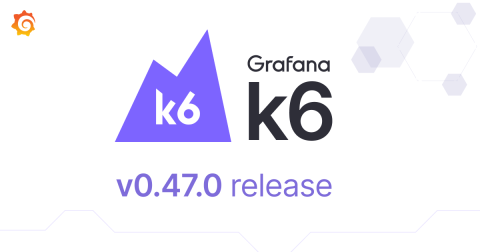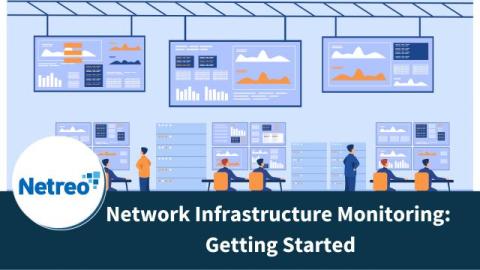Operations | Monitoring | ITSM | DevOps | Cloud
Blog
Releasing Icinga Certificate Monitoring v1.3.0
Today we’re announcing the general availability of Icinga Certificate Monitoring in version 1.3.0. You can find all issues related to this release on our Roadmap. Please also refer to the corresponding upgrade section in the documentation.
A detailed guide on Azure Reservations
Jad Jebara on Reinventing DCIM: Optimizing Hybrid Infrastructures with Hyperview
In an exclusive Digitalisation World podcast, our CEO, Jad Jebara, delves deep into the ever-evolving hybrid infrastructure landscape. Join us as we explore how companies are strategically optimizing application performance and the infrastructure that fuels their digital ambitions.
See How I&O Leaders Can Monitor Strategy for Their Organizations' Specific Needs
Organizations must always be ready to pivot on a dime and adjust their business goals when the market—or their customers—demand it. Whether driven by industry changes or developments in market trends, when goals shift at the top, the teams who execute against them must follow suit. Since network infrastructure is becoming increasingly complex to fit business needs, IT teams are part of these initiatives.
Maximizing Your Cloud Migration Success with Application Owner Interviews
In this second episode, we explore a crucial element of your migration strategy - the Application Owner Interviews, a feature within Tidal Accelerator. These interviews are a game-changer, helping you make your migration not just IT-efficient but also business-driven.
Why Can't Network Teams Have Nice Things?
Let me tell you something you already know: Networks are more complex than ever. They are massive. They are confounding. Modern networks are obtuse superorganisms of switches, routers, containers, and overlays; a hodgepodge of telemetry from AWS, Azure, GCP, OCI, and sprawling infrastructure that spans more than a dozen timezones.
Kubernetes cost optimization: tips for a more efficient operation
Kubernetes offers unparalleled flexibility and scalability for containerized orchestration. However, this dynamism can also lead to unexpected costs if you don’t efficiently manage your corresponding cloud resources. In this blog, we’ll outline a series of best practices for Kubernetes cost optimization that will help you keep your infrastructure running smoothly while staying within your budget.
New in Grafana k6: The latest OSS features in v0.47.0 and more efficient performance testing in Grafana Cloud k6
Grafana k6 v0.47.0 has been released, featuring gRPC’s binary metadata support, new authentication methods, and tons of other improvements for Grafana k6 OSS. Here’s a quick overview of the latest features in Grafana k6 v0.47.0, as well as some other exciting updates related to Grafana Cloud k6 and the k6 community.
Network Infrastructure Monitoring: Getting Started
The rapid evolution of technology profoundly impacts network infrastructure monitoring. New technologies such as containerization, microservices, and serverless computing introduce complexities that require monitoring solutions to adapt. The shift to DevOps practices, where development and operations teams collaborate closely, emphasizes the need for real-time monitoring and feedback loops to ensure continuous integration and delivery of applications and services.


